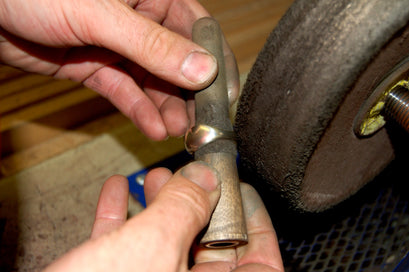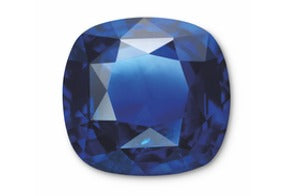Amber is much more than a pretty gemstone, it is a gateway to the past. This week we bought ourselves a treat – a piece of Burmese amber that’s roughly 90 million years old. Inside is a near-perfectly preserved spider. To put this into context: 90 million years ago dinosaurs still existed and ants did not yet exist. Whereas a diamond or sapphire may pay tribute to Mother Earth’s geology and chemistry, amber manages to encapsulate and preserve biological life in a way that few other gemstones can.
Amber is fossilized tree resin, found in a variety of colours and ranging from transparent to opaque. When trees secrete sap, it is their way of defending themselves against predators and disease. In much the same way a scab on the human body works, the excreted sap hardens as it covers the wound. It is due to this that amber captures debris or insects, forever freezing them in time. Specimens of amber have been found with some really cool inclusions, such as mushrooms or lizards.
Our new little spider is just one example of amber showing us a glimpse of life on earth all those years ago. For anyone who likes their gemstone or jewellery to tell a story, there are few told as well as amber.



















